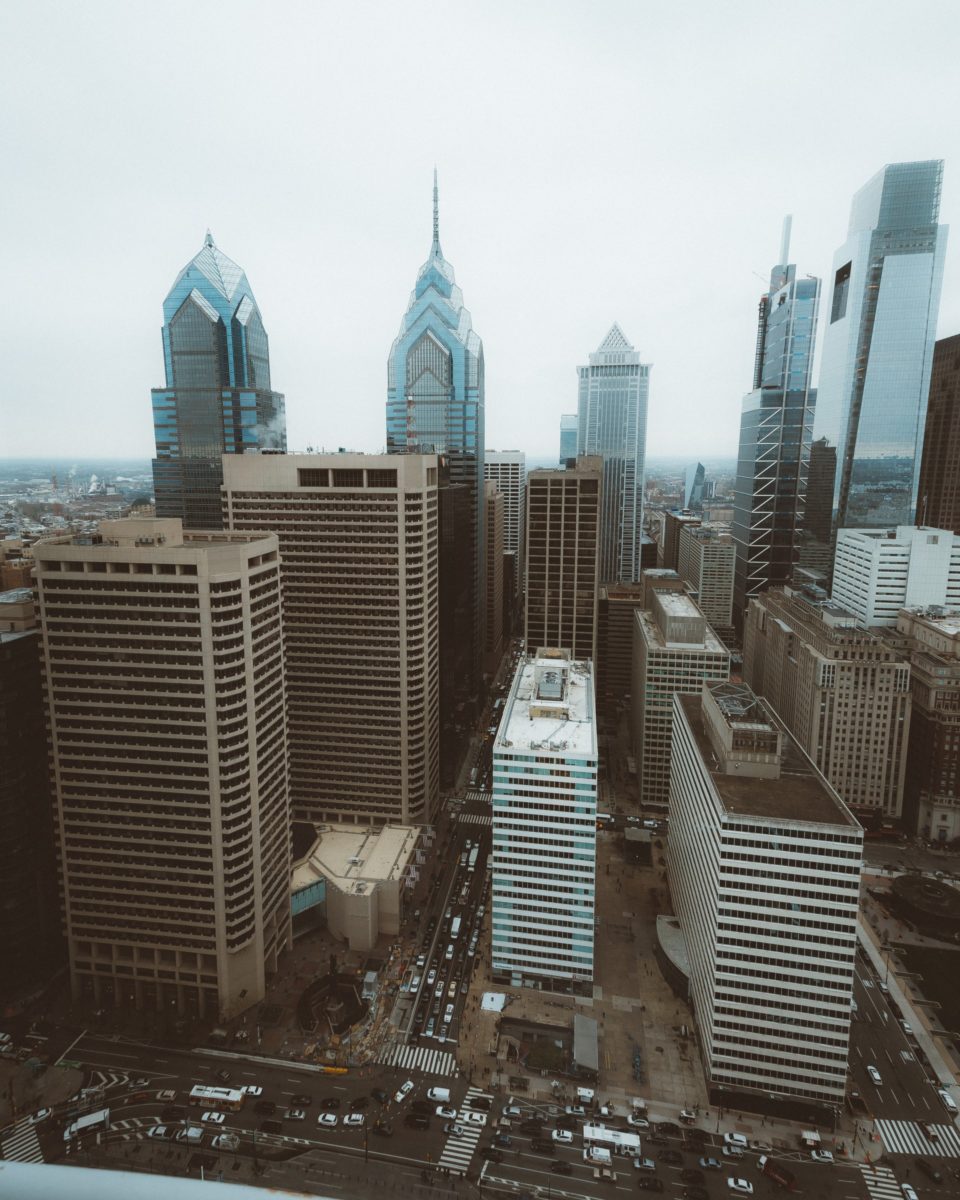The downtown vibe is different these days.
Streets are busier midday than they were a year ago, to be sure. But that doesn’t equate to bustling skyscraper lobbies or lengthy food truck lines down Center City sidewalks.
Technical.ly has tracked shifting workplace trends throughout the pandemic, and most recently, despite previous optimism about a mass return to in-person work, we’re hearing that many tech company culture leaders are opting out of their offices entirely.
Case in point: On a recent call among CEOs organized by Technical.ly, one said that he wasn’t expecting to renew a lease he had held for years, opting instead for limited flexible coworking space. “I go hard for Philly,” responded a second whose lease is up in October, “but I’m obviously not renewing my lease either.” Blame the Delta variant, the realization that technical work can happen (oftentimes more cheaply) anywhere, an increasingly distributed tech workforce or all of the above.
Paul Levy, one of the the Philly downtown corridor’s biggest champions and the president and CEO of Center City District, looks at pandemic workplace trends as “moving targets.” He cites the recent uptick in Delta variant COVID-19 cases as a prime example of something that changed company plans and the behavior of employees across industries.
“If you go back 30 or 45 days before Delta variant [cases] spiked, we were on a course where most firms were on a path to come back into office,” he told Technical.ly. “It varies a bit by industry; there are clearly jobs that lend themselves to remote work.”
Still, local economic recovery is on an upward trajectory.
A little more than half of Philly adults are fully vaccinated as of mid-August.
Center City District research indicates that employment recovery progressed citywide in June, with 3,000 more jobs added that month. That influx increased payroll employment to 677,700 — which is also the highest number since it plummeted from 746,900 employees in March 2020 to 626,800 employees in April 2020.
Through June, Philly employers have restored 41% of the 123,400 jobs lost during the first two months of the pandemic. SEPTA usage has increased by 26%, too.
“While there was no evidence of COVID spreading on trains, there was a fear of crowding on public transit,” he said. “We’ve been overcoming [that] and rates of pedestrians in Philly have been going up.”
That data is promising for the downtown area. But Levy believes the reluctance of some members of the public to get vaccinated is the biggest roadblock for the local economy. A little more than half of Philly adults are fully vaccinated as of mid-August.
It calls back to something we heard from economic development leaders back in December: There’s a direct correlation between getting people to feel safe going to work again, and businesses in Center City being able to thrive.
“The barrier [has] been [a] fear of COVID and we thought it was far behind us with the vaccination,” he said. “The fact that there is a number of people not vaccinated jeopardizes that for the rest of us.”
Per CCD research, about a third of office workers who typically report to major Center City office buildings are back to working in-person at a minimum of three days a week. Smaller firms have had higher rates of employees returning to work, which Levy attributed to smaller firms having the ability to make decisions faster, as opposed to larger firms needing to take more internal steps before determining a plan.
As the pandemic endures, Levy said, being vaccinated is becoming a necessity for people to live healthy lives — and get back to working in person.
“We’re at this interesting transition point where everyone wants to be sensitive to people who have well-grounded fears about vaccination,” he said, “but we’re hitting a moment where the disinformation about vaccines is affecting the lives and jobs of other people.”
Still, that doesn’t fully answer the larger question of whether employees will want to return to a downtown office, even if their team is fully vaxxed. During the second quarter of 2021, vacancy of Center City office buildings rose to 17.7% — over 2% more than Q4 2020’s 15.4%. When building managers were asked what they saw as the cause in the increase of vacancies, 79% of workers shared a general reluctance to working in their offices again. One significant reason for that reluctance, according to Levy? The convenience of no commute.
After the city saw an exodus of local businesses in 1964, spurred by social unrest, Philadelphia lost a generation of business growth. A resurgence has come in recent years — in part by a genuine community of growth-stage tech companies that had a chance of replacing some of those jobs. What happens now, if they choose to lessen their investment in place?
_
Technical.ly CEO Chris Wink contributed reporting to this article.
Michael Butler is a 2020-2022 corps member for Report for America, an initiative of The Groundtruth Project that pairs young journalists with local newsrooms. This position is supported by the Lenfest Institute for Journalism.
This editorial article is a part of How We Work Now Month of Technical.ly's 2021 editorial calendar.
Join our growing Slack community
Join 5,000 tech professionals and entrepreneurs in our community Slack today!
Donate to the Journalism Fund
Your support powers our independent journalism. Unlike most business-media outlets, we don’t have a paywall. Instead, we count on your personal and organizational contributions.

Philly’s Venture Cafe, the once-popular University City meetup, shuts down after 6 years

This Week in Jobs: You'll go mad over these 26 tech career opportunities

Building better founders: How to align entrepreneurial vision with investor expectations


